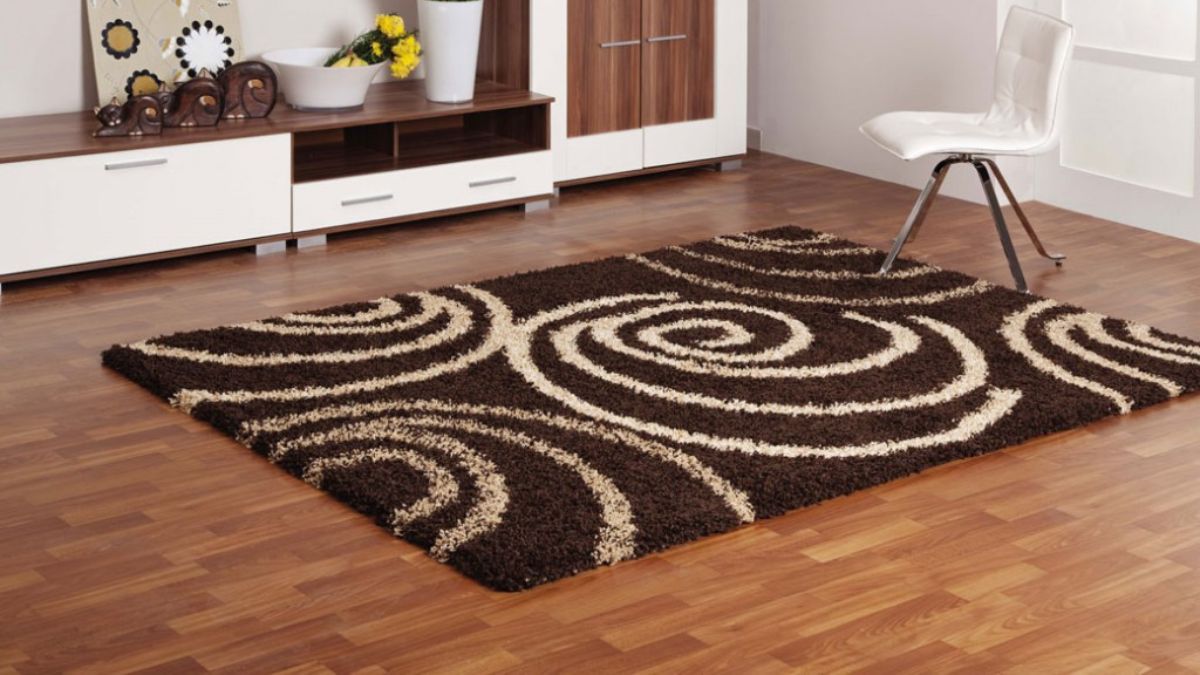Carpets have been an integral part of interior design for centuries, transforming spaces and imbuing them with character, warmth, and style. Beyond their functional role of providing comfort underfoot, carpets play a vital aesthetic role, enhancing the ambiance and overall look of a room. In this guide, we’ll delve into the ways carpets can transform your space, exploring their history, the impact of design, color, texture, and the diverse options available in the market.
Historical Significance and Evolution of Carpets
Carpets have a rich and storied history that dates back thousands of years. Originating in ancient civilizations, they were initially used for practical purposes such as insulation and warmth. Over time, carpets evolved into decorative items, reflecting cultural, social, and economic contexts. From the intricate Persian rugs to the colorful Turkish carpets, each style embodies a unique story and craftsmanship.
The Power of Design and Patterns
Design is a pivotal aspect of carpets. The patterns, motifs, and designs can significantly influence the visual perception of a space. Geometric, floral, abstract, or traditional motifs can create various moods and themes within a room. Bold patterns can make a statement, while subtle ones can add sophistication and elegance. The choice of design can be tailored to suit the overall decor and theme of your home.
Color Dynamics and Mood Enhancement
Colors are powerful tools in design, and carpets provide an excellent canvas to play with a spectrum of hues. Lighter shades can make a room appear more spacious and airy, while darker tones can create a cozy and intimate atmosphere. Additionally, colors can evoke emotions; for example, blues and greens can promote tranquility, while reds and oranges can add energy and warmth.
Texture and Sensory Experience
The texture of a carpet can profoundly impact the sensory experience in a room. Soft, plush carpets invite touch and provide a sense of comfort, making a room feel inviting. Conversely, a low-pile, sleek carpet can evoke a modern, minimalist aesthetic. Understanding the texture and its relationship with other elements in the room is crucial for achieving the desired ambiance.
Size and Scale: Defining Spaces
The size and scale of a carpet can define and delineate spaces within a room. A large carpet can anchor the furniture in a living room, creating a cohesive and well-defined area. On the other hand, smaller rugs can accentuate specific areas like a seating arrangement or under a coffee table, adding visual interest.
Layering and Versatility
Layering carpets Dubai can be a creative way to infuse depth and texture into a space. Combining different sizes, patterns, and textures can bring character and style to any room. This technique also allows for seasonal updates or a quick style refresh without significant investment.
Carpets for Every Room
Carpets are versatile and can be used in various rooms, from the living room to the bedroom, dining room, and even bathrooms. Each room has unique requirements, and selecting the appropriate carpet based on foot traffic, comfort, and aesthetic preferences is essential for achieving a harmonious look.
Conclusion
Carpets are not just floor coverings; they are a form of art that can redefine a space. Their history, design, colors, texture, size, and versatility contribute to the transformation of a room, making it an inviting, comfortable, and aesthetically pleasing haven. Understanding the nuances of carpets and how they integrate with the overall design of your home is essential for achieving the desired ambiance and creating a space that resonates with your personal style.
